With European EV sales and production lagging behind in comparison, a blame game has arisen between car manufacturers and policymakers. “A regulatory framework that ignores customer needs and market realities–and at the same time, is incapable of creating the necessary conditions for alternative technologies – cannot succeed,” a BMW spokesperson said in a written statement to WIRED, explaining that the company is opposed to the 2035 ban. It added that unless “charging infrastructure, availability of renewable energies and access to raw materials” are addressed, the ban will cause the “entire vehicle market” to contract.
Given that the car industry employs 13.8 million people across Europe and represents around 7 percent of the continent’s GDP, such a contraction would be economically disastrous.
Low car sales have already prompted Volkswagen to announce plans to shutter at least three factories, sparking anxiety in Germany over the country’s economic outlook. The far-right political party Alternative für Deutschland (AfD), which is currently second in the polls ahead of Germany’s snap general elections in February 2025, doesn’t support a combustion engine ban and has made the perceived economic cost of environmental policies a key part of its messaging.
“Let’s put it bluntly–consumers just don’t believe in e-mobility,” says Beatrix Keim, director of CAR Center for Automotiv Research. “The vehicles are perceived as too expensive, people are worried about battery safety, and are also concerned about charging costs.” She believes both politicians and the industry have a role to play in changing this, both through subsidies and investments in infrastructure such as charging solutions, and also through creating cheaper vehicles. “It could be tactical pricing, discounts, rebates, or just cut the prices throughout–which of course needs to be balanced with financial profits,” she says. “But overall, they [both] need to make the public understand e-mobility better and clear up some of the myths, such as battery safety.”
In an attempt to keep their factories and technologies alive, some European carmakers have floated the idea of “clean” fuels as a means to carry on selling combustion engine cars past the 2035 deadline. Germany has been at the forefront of this, successfully campaigning in 2023 for vehicles that run on “e-fuels” to be made exempt from the ban. E-fuels, which are still in the research and development stage, are made from combining hydrogen and carbon dioxide and, according to their proponents, release significantly less emissions than petrol.
However, not all industry experts are convinced. “E-fuels are complete nonsense,” claims Peter Mock, Europe managing director of the International Council on Clean Transport. “The efficiency of those fuels is terrible, which means the prices are very high–and they will stay high.” On top of this, he believes talk of alternative fuels is confusing for consumers–which could further harm EV sales. “EVs are simply the most efficient, the cheapest and the most convenient means of transport, and we need to communicate that,” he claims.
Of course, the 2035 ban will only apply to the countries of the European Union, while the continent’s carmakers will continue to sell globally. One solution could be a pivot to US markets, where predictions for EV sales throughout the Trump presidency are already being slashed.







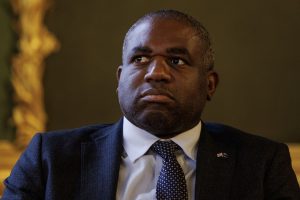



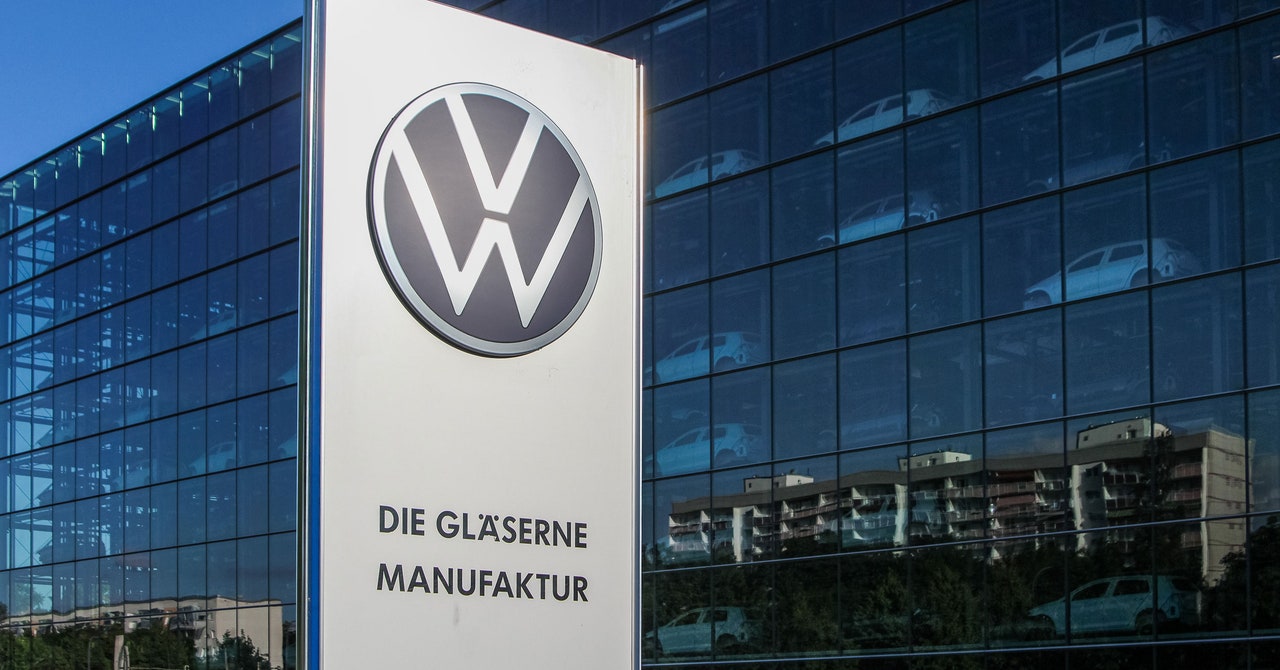

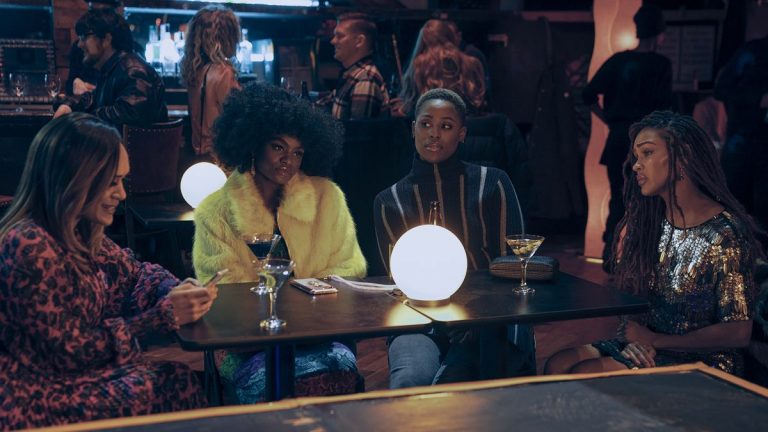

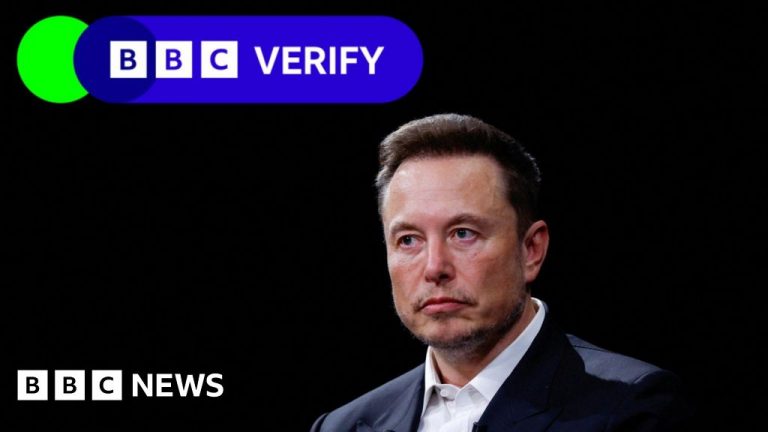



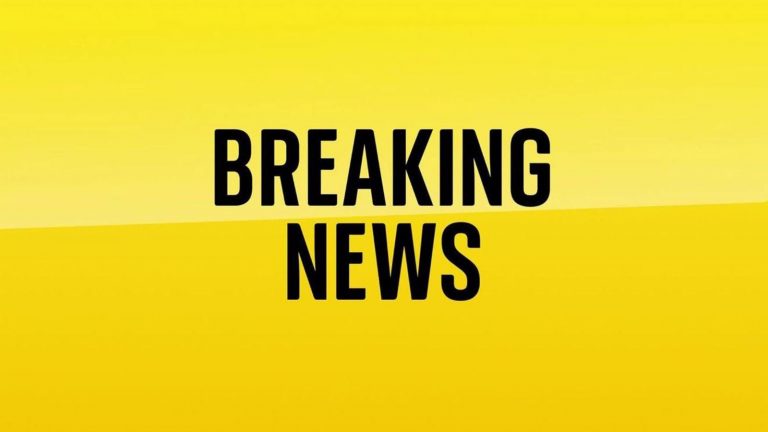

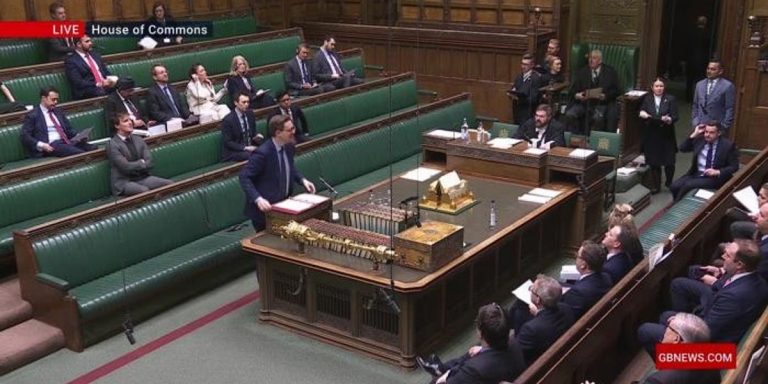
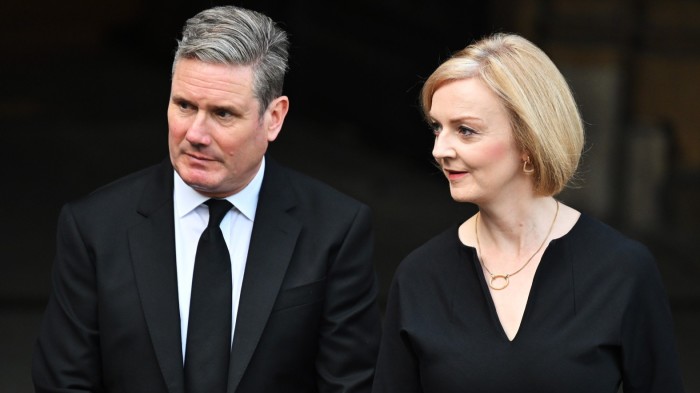
+ There are no comments
Add yours